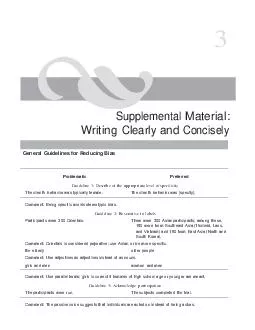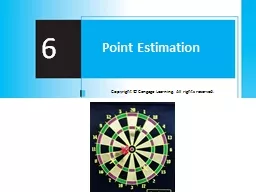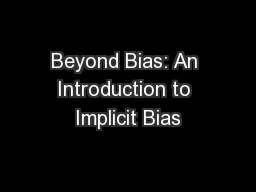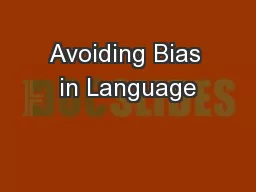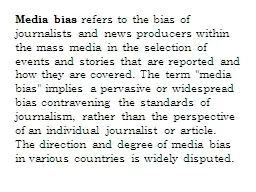PDF-Supplemental Material riting Clearly and Concisely General Guidelines for Reducing Bias
Author : trish-goza | Published Date : 2015-03-08
The client behavior was specify Comment Being specific avoids stereotypic bias Guideline 2 Be sensitive to labels Participants were 300 Orientals There were 300
Presentation Embed Code
Download Presentation
Download Presentation The PPT/PDF document "Supplemental Material riting Clearly and..." is the property of its rightful owner. Permission is granted to download and print the materials on this website for personal, non-commercial use only, and to display it on your personal computer provided you do not modify the materials and that you retain all copyright notices contained in the materials. By downloading content from our website, you accept the terms of this agreement.
Supplemental Material riting Clearly and Concisely General Guidelines for Reducing Bias: Transcript
Download Rules Of Document
"Supplemental Material riting Clearly and Concisely General Guidelines for Reducing Bias"The content belongs to its owner. You may download and print it for personal use, without modification, and keep all copyright notices. By downloading, you agree to these terms.
Related Documents

